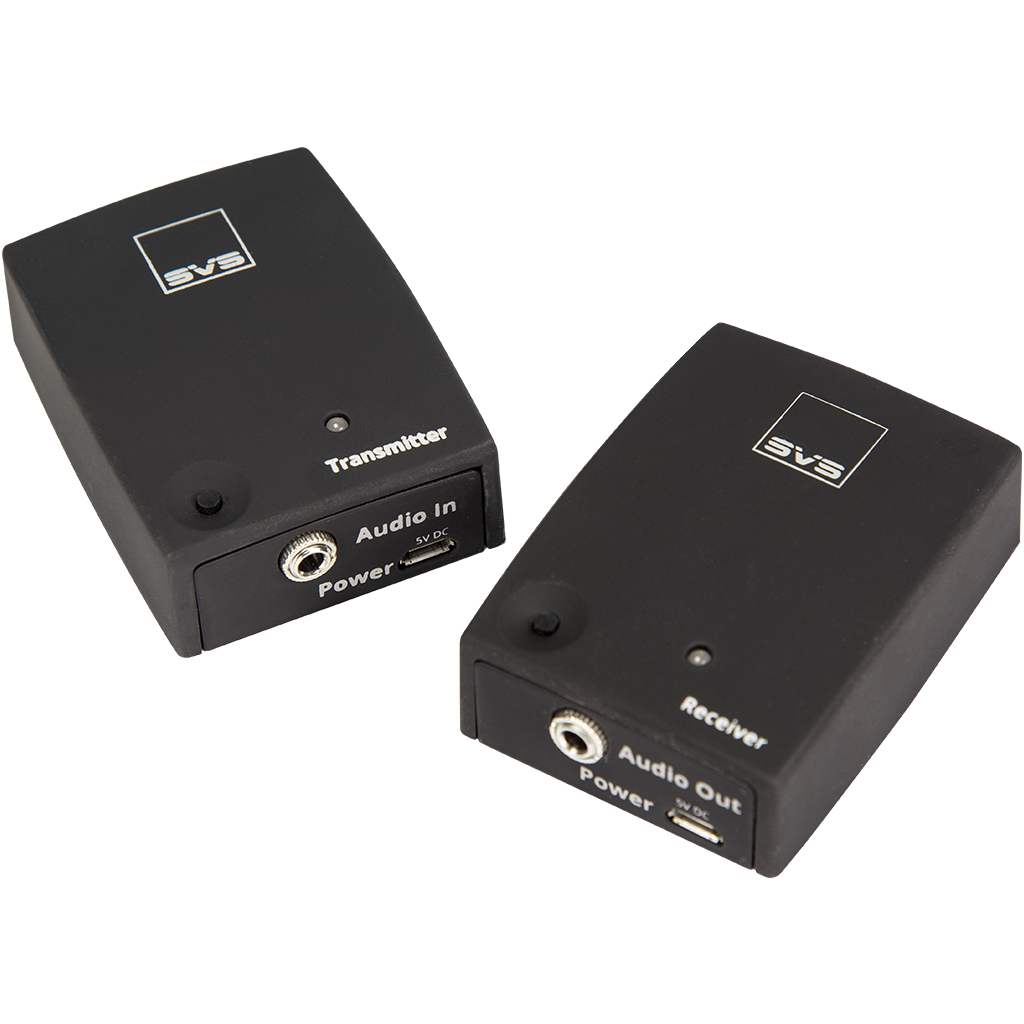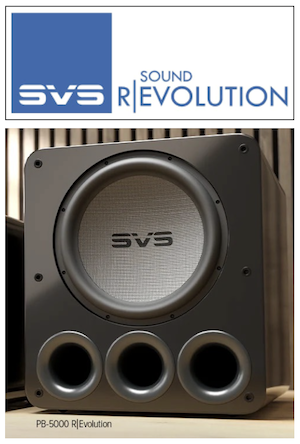REW can make use of a timing reference when it measures, according to the setting on the measurement panel. The timing reference selection controls whether REW uses a loopback on the interface as a timing reference, or an acoustic timing reference, or no reference. Using a timing reference allows REW to eliminate the variable propagation delays within the computer and interface so that separate measurements have the same absolute timing. A
Timing offset can be set that will shift the response relative to the timing reference, allowing the time of flight delay to be removed if using a loopback connection, for example. The timing offset can be set manually or from the figure calculated using the Estimate IR Delay function.
If a loopback is selected the reference channel signal must be looped back from output to input on the interface and measurements will be relative to the loopback timing. Usually this means measurements will have a time delay that corresponds to the time it takes sound to travel from the speaker being measured to the microphone, which can be removed for subsequent measurements using the
Timing offset.
If an acoustic timing reference is used REW will generate a timing signal on the output that has been selected to act as the reference before it generates measurement sweeps on the channels being measured. The level of the timing reference is set relative to the measurement level using the Ref level trim control, it may need to be higher or lower depending on whether the speaker used as the timing reference is further away or closer than the speaker being measured. The timing signal is a high frequency sweep to allow accurate timing, a subwoofer cannot be used as the reference channel. Measurements will have a time delay that corresponds to the difference in their distance from the microphone compared to the distance of the reference speaker - if the reference speaker is further away the delay would be negative. The delay can be shifted using the
Timing offset. When an acoustic timing reference is used individual measurements
taken from the same mic position will have the same relative timing, allowing trace arithmetic to be carried out on the traces in the
All SPL graph.
Note that multiple sweeps cannot be used when using an acoustic timing reference.
If using a timing reference REW can calculate the delay through the system being measured relative to the reference and show it in the measurement Info panel as
System Delay in milliseconds, with the equivalent distance in feet and metres shown in brackets. Any
Timing offset is shown below the
System Delay. For speakers the delay estimate is based on the location of the peak of the impulse response. Subwoofers have a broad peak and a delayed response due to their limited bandwidth so the delay is instead measured relative to the start of the impulse response. The start of the impulse response cannot be located as precisely as the peak, however, so delay values are less accurate for subwoofer measurements.














